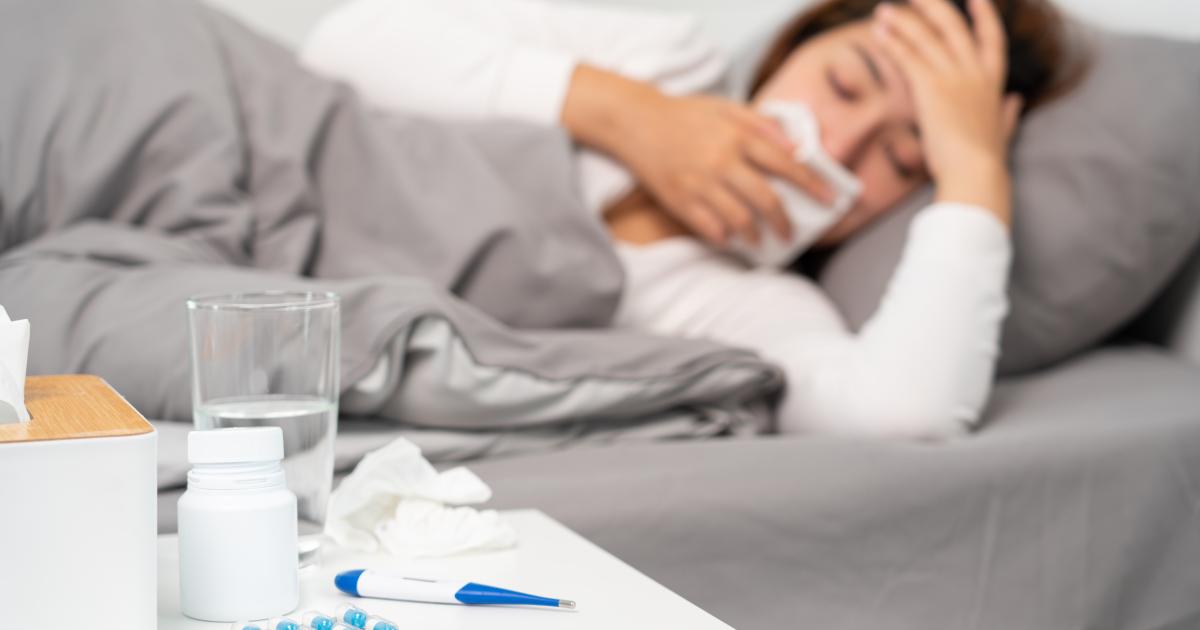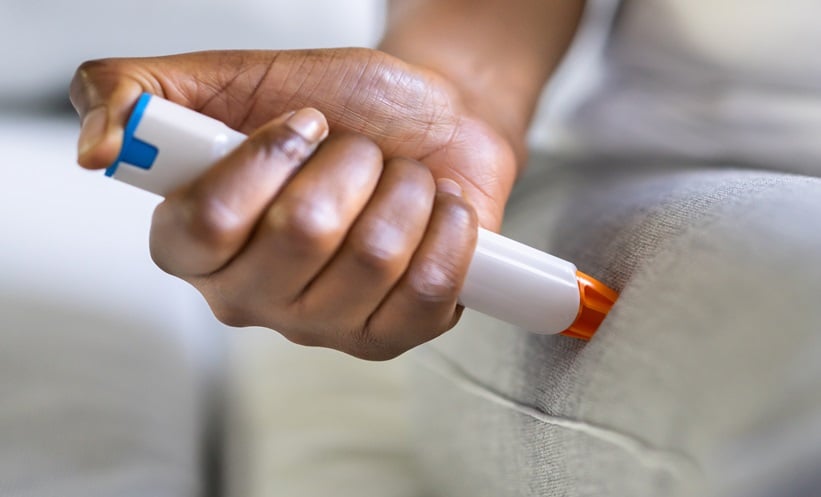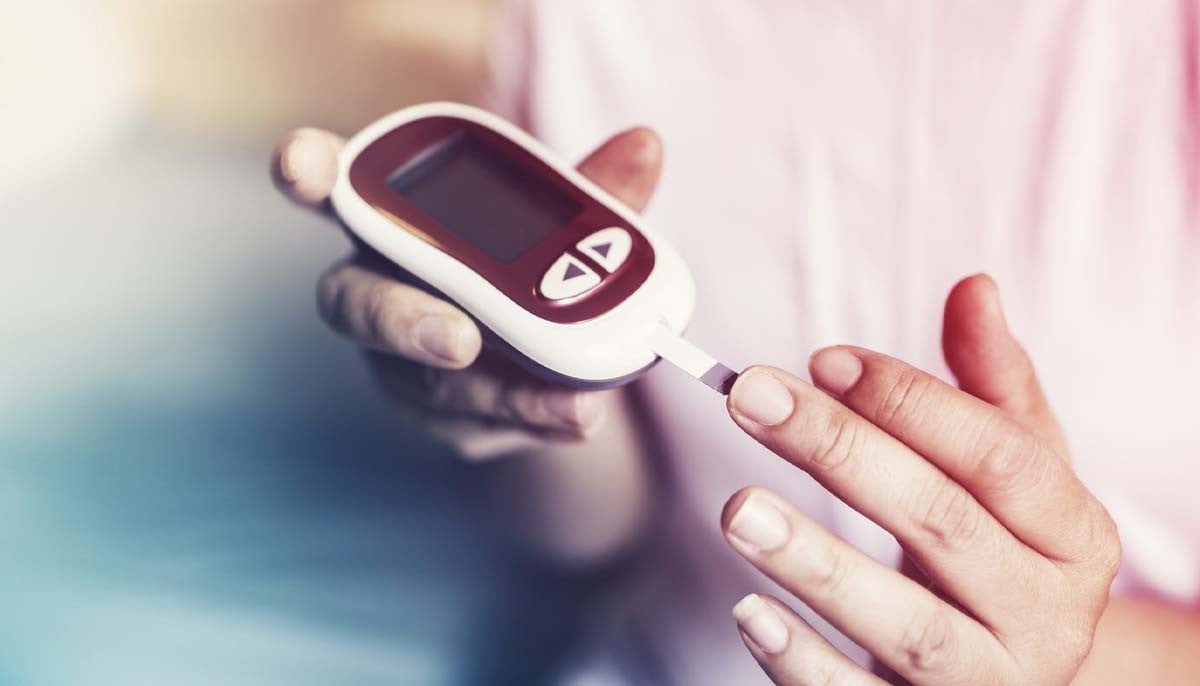- EBRD investing up to €50 million to accelerate Mlinar’s regional growth and modernisation
- Funding will support expansion, production upgrades and inclusive workplace initiatives
- Mlinar further strengthening its position in the bakery sector across Croatia and CSEE region
The European Bank for Reconstruction and Development (EBRD) has approved a landmark equity investment of up to €50 million in SEE Bakery International, the parent company of Mlinar Pekarska Industrija, Croatia’s leading producer of baked goods. This investment, which is structured in two tranches, will support Mlinar’s ambitious expansion and modernisation strategy across Croatia and the wider central, southern and eastern Europe (CSEE) region.
The EBRD’s investment will further consolidate Mlinar’s position, supporting both organic growth and strategic mergers and acquisitions, and reinforcing its commitment to sustainability and gender inclusion. The EBRD’s commitment will enable Mlinar to expand its operations, enhance production capacity and pursue targeted acquisitions in the CSEE region. The investment will also drive energy-efficiency improvements and promote inclusive workplace practices, with a focus on supporting female migrant workers. This project is aligned with the EBRD’s country strategy for Croatia, its Food and Agribusiness Strategy 2025, and the Green Economy Transition Approach 2021-25
Mlinar operates a multi-channel model, supplying major retailers and expanding its presence in the hotel, restaurant and catering segment. The company’s retail network spans Croatia, Serbia, Slovenia, and Bosnia and Herzegovina, with exports to over 20 markets worldwide. BOSQAR, the controlling shareholder of SEE Bakery International, is a leading Croatian investment group with a proven track record of driving growth and value creation across multiple sectors and is a longstanding client of the EBRD. BOSQAR is publicly listed on the Zagreb Stock Exchange and has stakes in companies operating in 23 countries, with diversified operations in sectors such as food, the outsourcing of business processes and technology, and human resources.
Miljan Ždrale, the EBRD’s Regional Director for Central Europe, commented: “I am very pleased to see this deepening of the relationship with Mlinar and our longstanding partner BOSQAR. This investment will strengthen a flagship Croatian brand and accelerate its regional expansion and modernisation. Under strong leadership, Mlinar is well positioned to scale up production, pursue targeted acquisitions and deliver strong, sustainable growth. Our investment will also back energy‑efficiency upgrades and inclusive workplace practices, with a particular focus on supporting female migrant workers.”
Natalia Zhukova, the EBRD’s Head of Food and Agribusiness, said: “We are pleased to support our client BOSQAR as they expand further in the food vertical through our investment in Mlinar’s ambitious growth strategy, which combines organic expansion with targeted acquisitions. We believe that, under BOSQAR’s strategic leadership, Mlinar is well positioned to accelerate its growth and create sustained value. Our investment will also support Mlinar’s energy-efficiency initiatives and help advance higher standards of employee inclusion.”
Tamas Nagy, Co-Head of Private Equity at the EBRD, added: “This investment demonstrates the EBRD’s commitment to supporting high-growth companies with strong fundamentals and clear strategic direction. Mlinar’s growth story is testament to the transformative impact of strategic investment and partnership, and we are excited to join our longstanding partners BOSQAR and MidEuropa in supporting Mlinar’s ambitious plans. By supporting Mlinar’s expansion and modernisation, the EBRD is helping to strengthen the bakery sector’s resilience and competitiveness across Croatia and neighbouring markets.”
“This investment marks a pivotal step in advancing Mlinar’s long-term growth strategy and further validates the strength of our operating model. The EBRD’s leadership in this round – and our ongoing partnership – reflects strong confidence in the progress we have achieved and the value we continue to create across our portfolio,” said Vanja Vlak, BOSQAR’s CFO.
“The EBRD’s strategic entry into Mlinar validates the quality of our business model, financial performance and long-term potential. This represents a significant acknowledgment of the work we have done so far, as well as our strategic vision,” said Mladen Veber, President of the Board of Mlinar.
“We are proud of Mlinar’s remarkable progress since its acquisition, which has enabled us to welcome two strong partners – BOSQAR and the EBRD – within the same year. This milestone reflects the strength of Mlinar’s trajectory and our shared vision for its future. We remain fully committed and look forward to working closely with both investors to further accelerate Mlinar’s growth,” said Filip Kisdobranski, a partner at MidEuropa (which was formerly the majority owner of Mlinar and is now a minority shareholder).
This investment builds on a longstanding strategic partnership between the EBRD and BOSQAR, which has mobilised up to €150 million in equity and bond financing to date.
The EBRD has invested more than €5 billion in Croatia to date across 275 projects. The Bank’s focus in Croatia is on supporting efforts to accelerate the reform process, leveraging the benefits of European Union accession to advance transition, and restructuring and commercialising public-sector enterprises.







